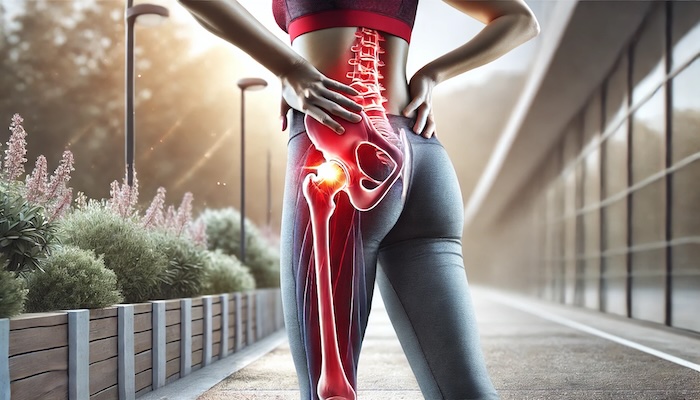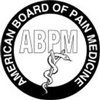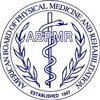
The hip is a critical joint in the human body, playing a central role in mobility and weight-bearing activities. A hip sprain or strain can significantly impact daily life, causing pain, limited movement, and difficulty performing even simple tasks. Understanding the condition and the advanced treatment options available, including interventional pain management, can make a significant difference in recovery and quality of life.
What Are Hip Sprains and Strains?
A hip sprain occurs when the ligaments that connect the bones in the hip joint are stretched or torn. Ligaments are tough, fibrous tissues that provide stability to the joint. A hip strain, on the other hand, involves damage to the muscles or tendons around the hip joint. Tendons attach muscles to bones, and strains often result from overuse, sudden movements, or improper technique during physical activities.
Common Causes of Hip Sprains and Strains
- Sports and Physical Activity: High-impact sports like soccer, basketball, or running can lead to hip injuries, especially if proper warm-up and stretching routines are neglected.
- Trauma or Accidents: Falls, car accidents, or direct blows to the hip can result in sprains or strains.
- Overuse Injuries: Repetitive motions or prolonged activities like cycling or dancing can cause strain on the hip muscles and tendons.
- Poor Biomechanics: Misaligned posture, gait abnormalities, or improper lifting techniques can increase the risk of hip injuries.
- Age-Related Factors: As we age, ligaments and muscles may lose elasticity, making them more susceptible to sprains and strains.
Recognizing the Symptoms
Identifying a hip sprain or strain early is essential for timely treatment. Common symptoms include:
- Pain in the Hip Joint: Ranging from mild discomfort to severe pain, especially during movement.
- Swelling and Bruising: Around the hip area, indicating inflammation or tissue damage.
- Limited Range of Motion: Difficulty bending, walking, or rotating the hip.
- Muscle Weakness: Feeling unstable or unable to bear weight on the affected leg.
- Tenderness: Sensitivity to touch around the hip joint.
Diagnosis
Proper diagnosis is key to effective treatment. Physicians often use the following methods:
- Physical Examination: Assessing pain points, swelling, and range of motion.
- Imaging Tests: X-rays rule out fractures, while MRIs and ultrasounds provide detailed views of soft tissue injuries.
- Patient History: Understanding how the injury occurred helps identify its severity and potential underlying issues.
Treatment Options for Hip Sprains and Strains
Treatment for hip sprains and strains can range from conservative approaches to advanced interventional techniques. The choice of treatment depends on the severity of the injury and the individual’s overall health.
Conservative Treatments
- Rest: Allowing the hip joint to heal by avoiding activities that may aggravate the injury.
- Ice Therapy: Applying ice packs reduces inflammation and numbs pain.
- Compression and Elevation: Wrapping the hip with an elastic bandage and keeping it elevated minimizes swelling.
- Physical Therapy: Guided exercises to improve strength, flexibility, and range of motion.
- Pain Relievers: Over-the-counter medications like ibuprofen or acetaminophen can help manage pain and inflammation.
Interventional Pain Management
When conservative treatments are insufficient, interventional pain management offers advanced solutions to address pain and promote healing. At Precision Pain Care and Rehabilitation, a patient-centered approach ensures effective and minimally invasive treatments.
- Ultrasound-Guided Injections:
- Corticosteroid Injections: Reduce inflammation and provide temporary pain relief.
- Platelet-Rich Plasma (PRP) Therapy: Uses the patient’s own blood plasma, rich in growth factors, to accelerate tissue repair and regeneration.
- Nerve Blocks:
- Targeting specific nerves around the hip joint to alleviate pain and improve mobility.
- Radiofrequency Ablation (RFA):
- A procedure that uses heat generated by radio waves to disrupt pain signals from the affected area.
- Prolotherapy:
- An injection-based treatment that stimulates the body’s natural healing process by promoting ligament and tendon repair.
Real-Life Example: Restoring Mobility and Reducing Pain
Consider the case of a 45-year-old runner who sustained a hip strain while training for a marathon. Despite rest and physical therapy, the pain persisted, limiting their ability to train and perform daily activities. After undergoing PRP therapy and targeted nerve blocks, the patient experienced significant pain relief and regained full range of motion within a few months. This personalized treatment approach allowed them to return to their passion without long-term consequences.
The Role of Rehabilitation in Recovery
Rehabilitation is an essential part of recovering from hip sprains and strains. It helps restore strength, flexibility, and function while minimizing the risk of re-injury. Key components of rehabilitation include:
- Stretching and Strengthening Exercises: Tailored routines to improve muscle elasticity and joint stability.
- Gait Training: Addressing improper walking patterns to reduce strain on the hip.
- Hydrotherapy: Water-based exercises that provide resistance while minimizing impact on the hip joint.
- Lifestyle Modifications: Ergonomic adjustments, weight management, and posture correction.
Preventing Hip Sprains and Strains
Preventive measures can significantly reduce the risk of hip injuries. Here are some tips:
- Warm-Up and Stretch: Always prepare your body before engaging in physical activity.
- Strengthen Core and Hip Muscles: Include exercises like planks, lunges, and hip bridges in your routine.
- Maintain Proper Posture: Avoid slouching and practice good ergonomics at work and home.
- Wear Appropriate Footwear: Supportive shoes can prevent improper alignment and reduce stress on the hip.
- Listen to Your Body: Avoid pushing through pain or discomfort during exercise.
The Precision Pain Care Advantage
At Precision Pain Care and Rehabilitation, patients benefit from a comprehensive approach to diagnosing and treating hip sprains and strains. The team focuses on interventional pain management techniques that address the root cause of pain while minimizing reliance on medications or invasive surgeries. By tailoring treatment plans to individual needs, patients experience faster recovery, improved mobility, and a better quality of life.
When to Seek Medical Help
If you experience severe hip pain, difficulty bearing weight, or symptoms that do not improve with rest and home remedies, consult a medical professional. Early intervention can prevent complications and ensure a more effective recovery.
Conclusion
Hip sprains and strains can be debilitating, but with the right diagnosis, treatment, and prevention strategies, patients can regain their mobility and live pain-free. From conservative therapies to cutting-edge interventional pain management options, Precision Pain Care and Rehabilitation offers solutions tailored to individual needs. Don’t let hip pain hold you back—take the first step toward recovery today.
Precision Pain Care and Rehabilitation has two convenient locations in Richmond Hill – Queens, and New Hyde Park – Long Island. Call the Queens office at (718) 215-1888 or (516) 419-4480 for the Long Island office to arrange an appointment with our Interventional Pain Management Specialists, Dr. Jeffrey Chacko or Dr. Sonny Ahluwalia.
Note: This article is for informational purposes only and should not be considered medical advice. Consult a healthcare professional for personalized recommendations.













